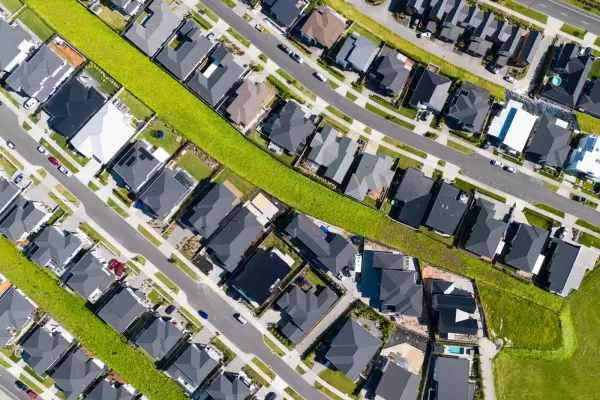Cost-of-living strain and an unfriendly lending environment have pushed up consumer arrears to 11.9% of the total credit population.
There are now 430,000 people behind on their payments, up 20,000 from the prior month and the highest level since February 2019.
The jump in arrears comes on the heels of the tenth-straight rate hike by the Reserve Bank last week, now at a 14-year high of 4.75%.
Data from credit bureau Centrix shows that 4.8% of those behind in payments are more than 30 days past due, which has tracked up from 4.4% 12 months prior.
Centrix managing director Keith McLaughlin said while the arrears cycle tended to peak post-Christmas, current arrears were still 6% higher than the same time last year, in line with deteriorating economic conditions. The recent devastation of Cyclone Gabrielle has also played a role, he said.
“We’re seeing arrears on mortgages, unsecured personal loans, credit cards and buy-now-pay-later accounts climb, which demonstrates the financial challenges facing many households.”
McLaughlin said unsecured personal loan arrears had surged to 9.2% during January, the highest level since 2017, while vehicle arrears are also on the rise, now at 5.5% and up from 4.9% a year prior.
Mortgage demand, at the same time, was down 31.8% month-on-month, from $4.87 billion to $3.32b during January. Conversely, credit card demand has gone up by 21.7% year-on-year.
The Centrix data also showed the number of household mortgage accounts behind on their mortgage repayments has jumped by 22% to 18,400, representing 1.26% of overall loans, compared with 1.03% last January. That’s the most arrears since April 2020.
NZ banks currently hold 1.46 million mortgage accounts.
Servicing interest only
Regionally, the highest level of accounts in arrears were in the Waitomo district of Waikato at 3.05%, South Taranaki, at 2.92%, and the Far North, at 2.4%.
Auckland, which has the country’s highest average outstanding mortgage of $671,052, came in at 1.33%. However, 8.56% of those borrowers were currently only servicing interest payments.
That is second only to Queenstown-Lakes, where 11.7% of borrowers had reverted to ‘interest only’ payments on their mortgages – which came in at an average of $558,182.
About 13% of Queenstown lakes homeowners also hold mortgages of more than $1 million, in an area where the average earner takes home $57,726 per year, according to Stats NZ.
At the other end of the scale, the Centrix data showed 0.71% of accounts in Wellington City currently in past-due territory. That’s in a region where the average outstanding mortgage is similar to Queenstown’s, at $541,819.
Lifestyle creep
Typically, banks will extend interest-only payments for up to two years, and up to five years when an investment property is mortgaged.
Arrowtown-based economist Benje Patterson said New Zealanders were “incredibly indebted” and had become accustomed to a very low interest rate environment.
"Everyone’s behaviour is relative to what they have most recently experienced, so for a household rolling off a 2% to 3% fixed rate and onto 6% per annum, adjusting the household budget could cause a few challenges."
Patterson said the level of borrowers reverting to ‘interest only’ is a worry. “That is a subset of borrowers that are likely to be particularly vulnerable to not only a higher interest rate environment over the coming year, but also to any changes in property market pricing.
“Lifestyle creep has been alive and well over recent years, and so people are now having to peg things back, reflected both in retail spending across the country and to recent earnings downgrades at companies such as My Food Bag.”
Grim outlook
Centrix’s McLaughlin said that had also been reflected in overall demand for business credit crumbling by 13% year-on-year through February, driven by a downturn in the retail and hospitality sectors in the wake of slowing discretionary spending and cost-of-living pressures.
The elevated arrear levels coincided with a 1% drop in monthly residential values during February, the largest drop since last October, when it was down 1.3%, according to CoreLogic.
The property analytics firm said home values are now 8.9% below the same time last year.
The firm’s chief property economist Kelvin Davidson said while mortgage rates were being touted as at or close to a peak, the central bank’s “grim outlook” for inflation and the economy more broadly was always going to weigh further on property values.
Davidson said while continued low unemployment levels provided a “degree of insulation” for existing homeowners, new borrowing and house-purchasing activity could remain fairly subdued going forward.















